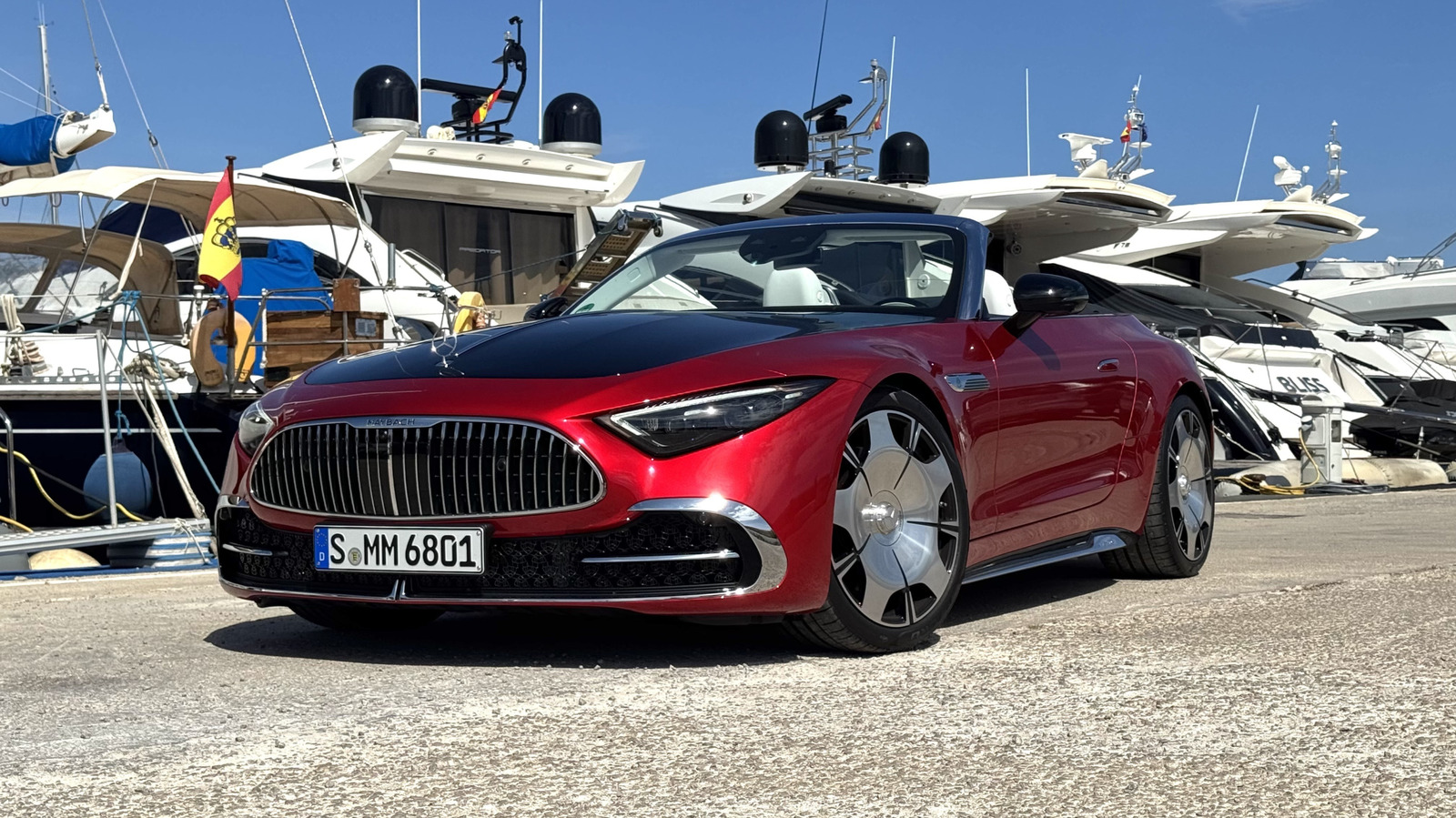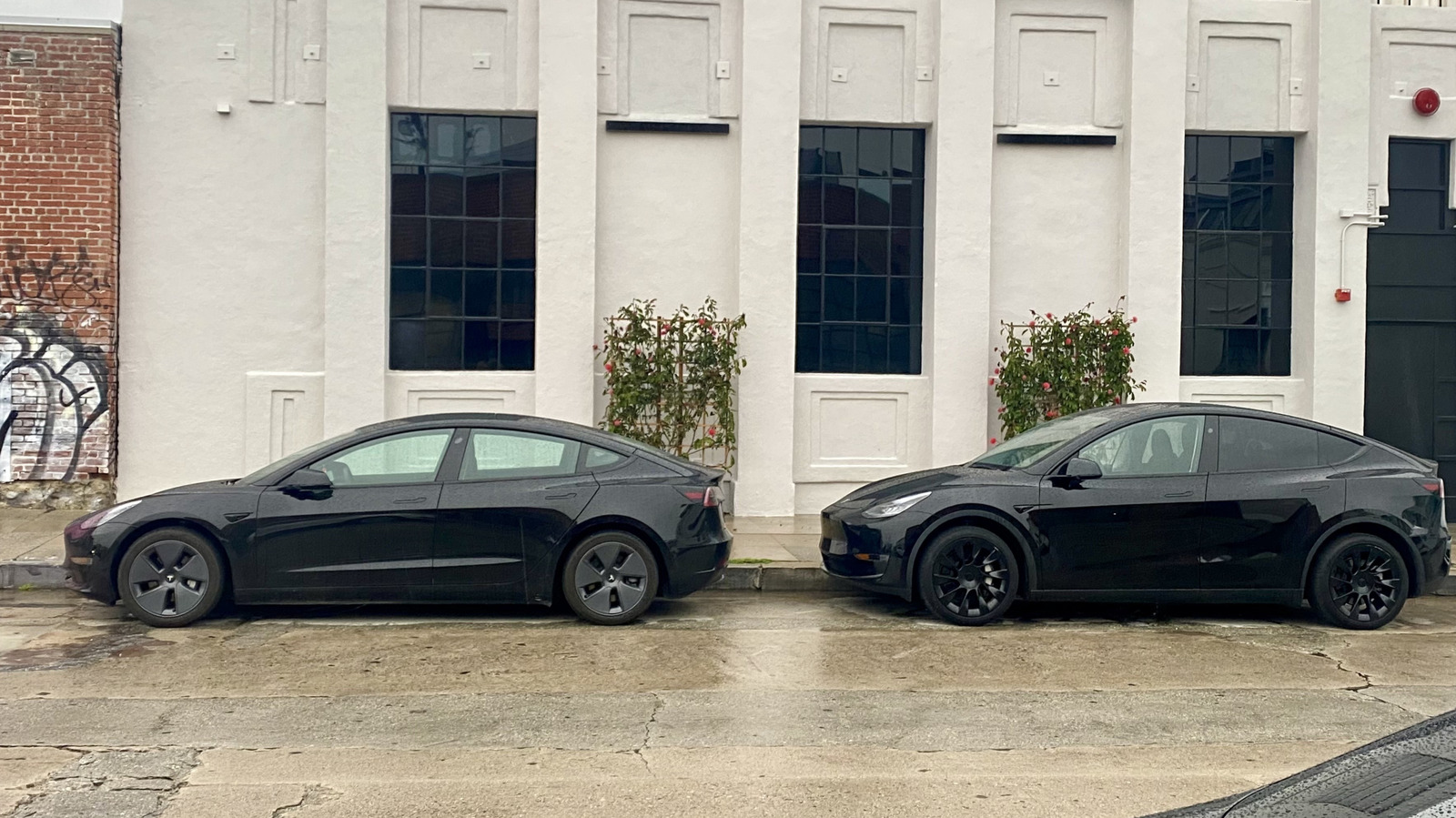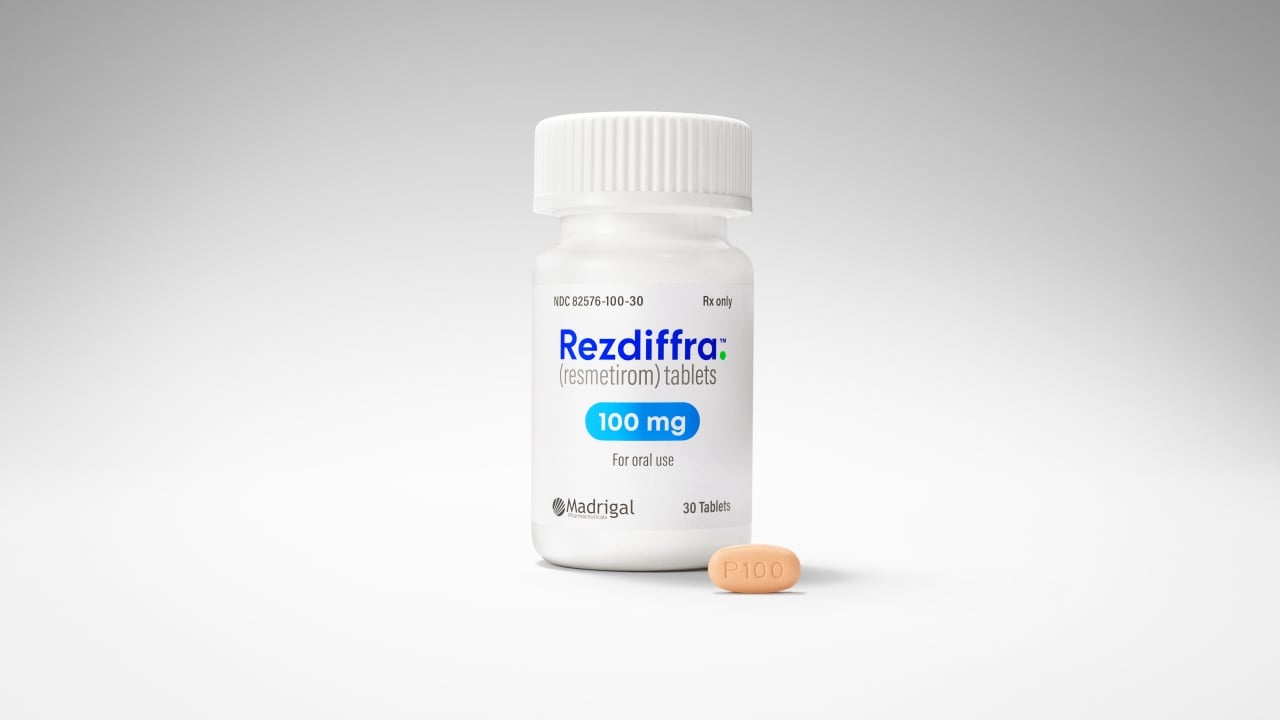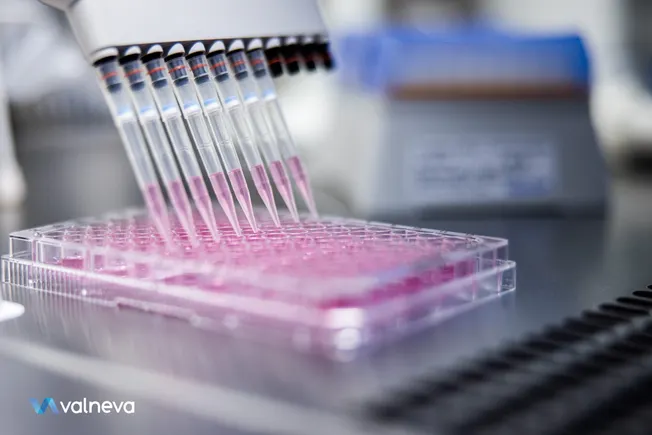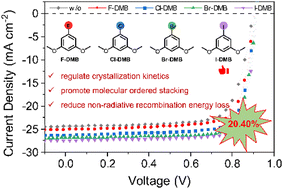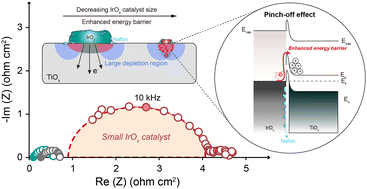Synergistic Modulation of Electronic Structure and Sodium‐Ion Diffusion in Iron Sulfides via High‐Entropy Doping for High Performance Sodium‐Ion Batteries
Advanced Energy Materials, EarlyView.

In this study, high-entropy doped HED-FeS1−
x
Se
x
/EG materials are synthesized using a combination of vibration ball milling and high-temperature vulcanization. By synergistically modulating the electronic structure and sodium ion diffusion kinetics of iron sulfides, the preparation of ultrafast and durable sodium-ion battery anode materials is achieved. This work underscores the significant potential of high-entropy doping methods for developing high-performance sodium-ion anode materials.
Abstract
Iron sulfides are promising anode materials for high-energy-density sodium-ion batteries (SIBs) due to their high theoretical capacity, exceptional safety features, and abundant resources. However, their practical application is limited by limited intrinsic electronic conductivity, low sodium ion diffusion rates, and rapid capacity degradation. A novel high-entropy doping strategy is developed using a scalable ball-milling method to form a solid solution of doped elements (cation dopants: Ni, Mo, Cr, W, and Si; anion dopant: Se) with the primary components (iron and sulfur). Simultaneously, expanded graphite (EG) is incorporated and exfoliated through ball milling to provide abundant active sites for the growth of high-entropy-doped FeS during the subsequent high-temperature vulcanization process. Systematic experiments and theoretical calculations demonstrate that high-entropy doping substantially improves electronic and ionic conductivity as well as polysulfide adsorption capabilities. This high-entropy cation- and anion-doped FeS/EG (HED-FeS1− x Se x /EG) delivers a discharge capacity of 511 mAh g−1 at 20 A g−1. Remarkably, at an extremely high current density of 100 A g−1, the reversible capacity remains at 222.3 mAh g−1. After 3000 cycles (40 days) at 5 A g−1, the electrode in the sodium half-cell shows a specific capacity of 832 mAh g−1. These findings offer valuable technological insights for next-generation SIBs.





























